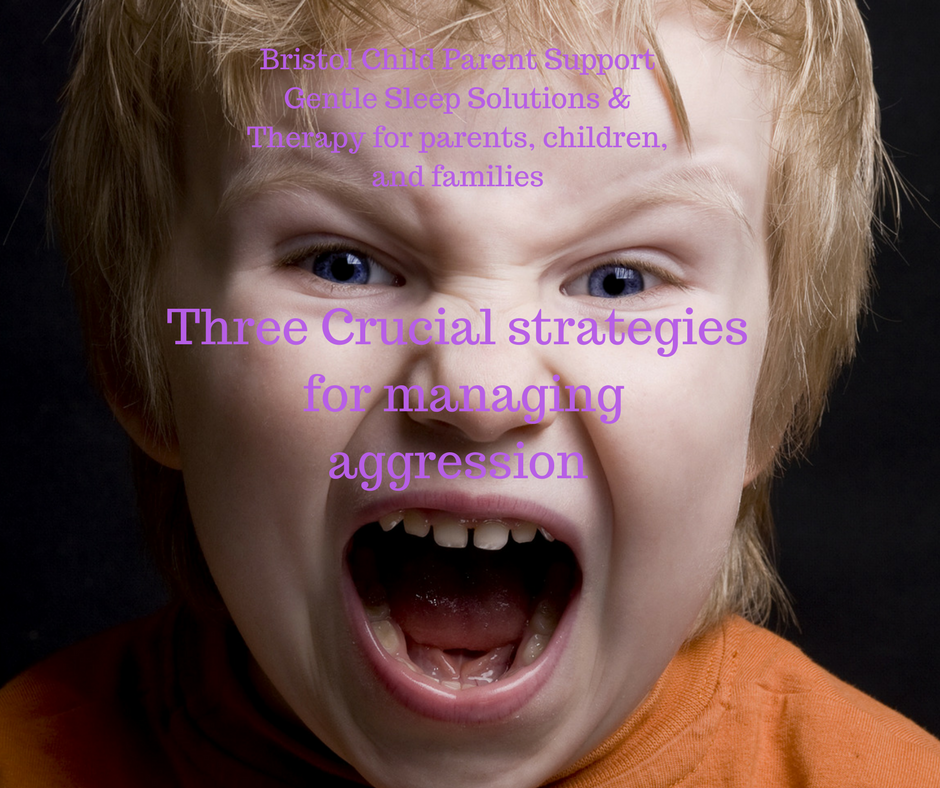Helping Your Child Tame The Love Monster: Practical Strategies For Managing Aggression

Table of Contents
Understanding the Roots of Aggression in Children
Childhood aggression manifests in various ways, and understanding its underlying causes is crucial for effective intervention. Aggression isn't simply "bad behavior"; it's often a symptom of deeper issues. Several factors can contribute to aggressive behavior in children:
-
Developmental Stages: Young children may struggle with emotional regulation due to their still-developing brains. Tantrums and aggressive outbursts are common during certain developmental phases, but persistent aggression warrants attention.
-
Emotional Regulation Difficulties: Many children with aggression problems have difficulty understanding and managing their emotions. They may lack the vocabulary or coping mechanisms to deal with frustration, anger, or sadness constructively.
-
Learned Behaviors: Children often learn behaviors through observation and imitation. If they witness aggression at home, in their peer groups, or in the media, they may adopt similar behaviors.
-
Underlying Emotional Issues: Anxiety, depression, or trauma can significantly contribute to aggression. A child struggling with these issues may act out aggressively as a way to express their inner turmoil.
-
Developmental Delays: In some cases, developmental delays in emotional or social skills can contribute to difficulties managing aggression.
-
Difficulty Coping with Frustration and Stress: Inability to handle setbacks, unmet needs, or overwhelming situations can trigger aggressive responses in children.
Identifying the root cause is paramount. If you're concerned about your child's aggression, consider seeking a professional assessment from a child psychologist or therapist. They can help determine the underlying cause and recommend tailored strategies.
Teaching Emotional Regulation Skills
Emotional intelligence is key to managing aggression. Helping your child develop self-awareness and emotional regulation skills empowers them to handle difficult emotions constructively. Here are some techniques:
-
Identify and Name Feelings: Use emotion charts, books, and games to help your child identify and label their feelings. Building their emotional vocabulary is crucial.
-
Deep Breathing Exercises and Relaxation Techniques: Teach your child simple breathing exercises, like belly breathing, to calm themselves down during moments of frustration or anger.
-
Mindfulness Activities: Mindfulness activities, such as meditation or yoga, can help children become more aware of their thoughts and feelings, fostering self-regulation.
-
Progressive Muscle Relaxation: This technique involves systematically tensing and relaxing different muscle groups to reduce physical tension associated with anger.
-
Positive Self-Talk and Affirmations: Encourage your child to use positive self-talk and affirmations to build self-esteem and resilience. For example, “I can handle this,” or “I am calm and strong.”
Setting Clear Boundaries and Expectations
Consistent discipline and positive reinforcement are crucial for managing aggressive behavior. Creating a safe and predictable environment is key.
-
Establish Clear Rules and Consequences: Make rules clear, simple, and age-appropriate. Ensure consequences are consistent and focus on teaching rather than punishment.
-
Use Positive Reinforcement: Reward positive behaviors generously. Praise and acknowledge your child’s efforts to manage their anger and aggression.
-
Time-Outs and Other Non-Physical Disciplinary Methods: Use time-outs as a tool for calming down, not as punishment. Focus on helping your child reflect on their behavior.
-
Consistent Application of Rules: Inconsistency can confuse children and make it harder for them to learn self-control.
-
Focus on Teaching, Not Punishment: The goal is to teach your child alternative ways to manage their anger and express their needs, not simply to punish them for aggressive behaviors.
Seeking Professional Help When Needed
While many strategies can effectively manage aggression, some situations require professional intervention. Consider seeking help if:
-
Aggression causes harm to self or others: If your child's aggression results in physical injury to themselves or others, immediate professional help is essential.
-
Outbursts are unmanageable despite implementing strategies: If your efforts to manage your child's aggression are unsuccessful, professional guidance can provide additional support and strategies.
-
Underlying mental health concerns are suspected: If you suspect underlying issues like anxiety, depression, or trauma, a mental health professional can assess your child and provide appropriate treatment.
-
Aggression significantly impacts school or social life: Aggressive behavior can severely affect a child's ability to succeed in school and maintain healthy social relationships.
Various professionals can assist, including therapists, counselors, psychologists, and psychiatrists. Many resources can help you find qualified professionals in your area.
Strategies for Specific Aggressive Behaviors
Different types of aggression require tailored approaches.
-
Verbal Aggression: Teach your child alternative ways to express their feelings, such as using "I" statements ("I feel angry when...") and practicing active listening.
-
Physical Aggression: Focus on teaching impulse control and anger management techniques. Role-playing can help your child practice alternative responses to frustrating situations.
-
Passive Aggression: Help your child identify and address the underlying feelings driving their passive-aggressive behaviors. Encourage open communication and assertive expression.
Conclusion
Helping your child manage aggression is a journey, not a race. By understanding the underlying causes, teaching emotional regulation skills, setting clear boundaries, and seeking professional help when needed, you can empower your child to tame their "love monster" and develop healthy coping strategies. Remember, patience and consistency are key. Start implementing these strategies today to create a more peaceful and harmonious home environment. Continue learning more about effective strategies for managing aggression in children to build a stronger, more resilient family. Don't hesitate to seek support—managing aggression in children is a challenge many parents face, and you don't have to navigate it alone.

Featured Posts
-
 Sydney Sweeney From Echo Valley And The Housemaid To Her Next Big Project
May 22, 2025
Sydney Sweeney From Echo Valley And The Housemaid To Her Next Big Project
May 22, 2025 -
 Fratii Tate In Bucuresti Parada Cu Bolidul De Lux Dupa Retinere
May 22, 2025
Fratii Tate In Bucuresti Parada Cu Bolidul De Lux Dupa Retinere
May 22, 2025 -
 Le Bouillon De Clisson Un Festival Engage
May 22, 2025
Le Bouillon De Clisson Un Festival Engage
May 22, 2025 -
 Sharath Kamals Emotional Farewell At Wtt Star Contender Chennai 2025
May 22, 2025
Sharath Kamals Emotional Farewell At Wtt Star Contender Chennai 2025
May 22, 2025 -
 Peppa Pigs Real Name Revealed Fans React To Shocking Discovery
May 22, 2025
Peppa Pigs Real Name Revealed Fans React To Shocking Discovery
May 22, 2025
Latest Posts
-
 Couple Arrested Following Antiques Roadshow Appearance National Treasure Case
May 22, 2025
Couple Arrested Following Antiques Roadshow Appearance National Treasure Case
May 22, 2025 -
 Antiques Roadshow Appraisal Leads To Arrest For National Treasure Trafficking
May 22, 2025
Antiques Roadshow Appraisal Leads To Arrest For National Treasure Trafficking
May 22, 2025 -
 Couple Arrested Following Antiques Roadshow Stolen Goods Discovery
May 22, 2025
Couple Arrested Following Antiques Roadshow Stolen Goods Discovery
May 22, 2025 -
 National Treasure Trafficking Antiques Roadshow Episode Results In Arrests
May 22, 2025
National Treasure Trafficking Antiques Roadshow Episode Results In Arrests
May 22, 2025 -
 Antiques Roadshow Appraisal Exposes Theft Results In Arrest
May 22, 2025
Antiques Roadshow Appraisal Exposes Theft Results In Arrest
May 22, 2025
